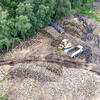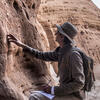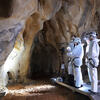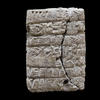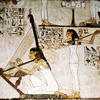You are here
Archaeologists Back in Mesopotamia
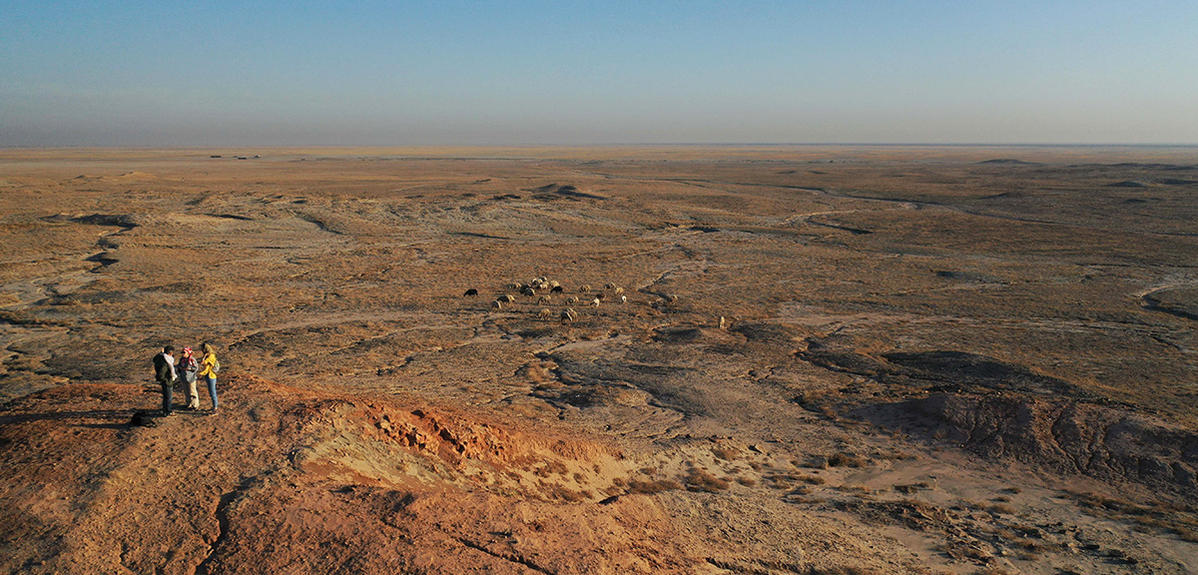
Many Iraqi archaeological sites have suffered greatly in recent years. In 2003, the country’s rich heritage was badly affected by the combat and bombardment of the US military intervention. Between 2011 and 2017, the systematic destruction and pillaging of certain sites by Daesh only amplified the degradation of this invaluable patrimony. With the political situation seemingly calmer today, France has strengthened its ties with the Iraqi government through archaeological research.
This partnership was concluded in May 2019 with the Solidarity Fund for Innovative Projects (FSPI) scheme entitled “Revitalising the Promotion and Development of Iraq’s Archaeological Heritage.”1 “In today’s post-conflict environment, in which Iraq must contend with the reconstruction and management of a heritage that has suffered extensive deterioration, a key issue is providing the skills and technologies the country needs to meet these challenges,” says Laurence Auer, Culture, Education, Research and Network Coordination Director at the Ministry for Europe and Foreign Affairs.
The project will rely on the expertise of the companies Archaïos and Iconem in order to create a digital archaeological map covering the entire territory of Iraq. This digital tool, which can be accessed and amended in Baghdad by all Antiquities Departments, can also be updated by each of Iraq’s nineteen governorates, the regional institutions in charge of local development.
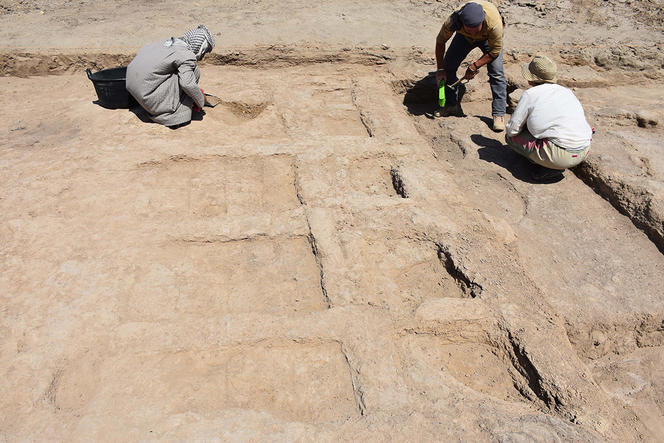


Strengthening ties with Iraq
The FSPI also provides an opportunity to strengthen ties between Iraq and France, in connection with sites historically explored by French archaeologists from the second half of the nineteenth century. Abruptly abandoned from the 1990s for security reasons, some of them have once again seen excavation campaigns. “This two-year project will enable in-depth study of twelve sites, thanks to innovative analysis and modelling techniques,” explains Dominique Pieri, Director of the Department of Archaeology and History of Antiquity at the IFPO,2 and coordinator of the FSPI.
The sites that will be investigated include Dur-Sharrukin, one of ancient Assyria’s major cities, located near the modern-day village of Khorsabad. Organising an excavation campaign in this area, which was under Daesh control just a few months ago, remains a difficult endeavour. Dur-Sharrukin will require prior demining. Once the area is secured, the archaeology mission led by Pascal Butterlin, Professor at the Université Paris 1 Panthéon-Sorbonne, will be carried out under the close monitoring of French and Iraqi soldiers, due to the proximity of the frontline with the last Daesh combatants.
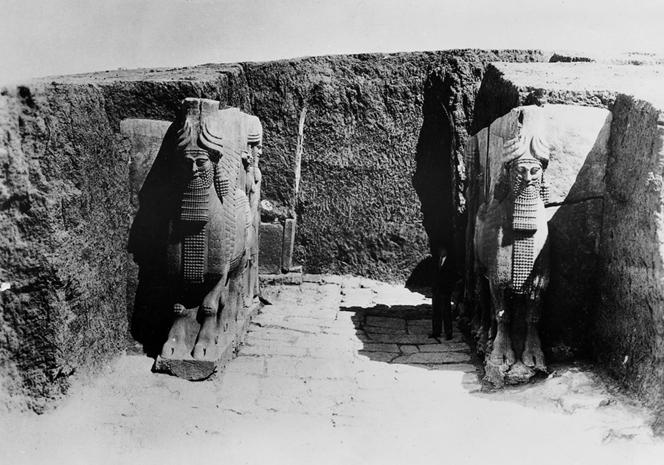


Collecting as much information as possible
“This crisis archaeology, involving an inventory of the site—which has suffered numerous instances of pillaging over time—is unprecedented for archaeologists like us,” Dominique Pieri observes. “It is nonetheless essential, for only by precisely identifying the nature and scope of the damage will we be able to retrieve as much information as possible.” Larsa, located in the south of the country, is another internationally renowned heritage site being studied as part of the FSPI. The French teams are led by Régis Vallet, a CNRS researcher at the IFPO in Iraq.
Located between the Tigris and Euphrates rivers, this former capital of Mesopotamia was founded more than 5,000 years ago. In May 2019, the company Iconem carried out initial photogrammetry analysis of the millennia-old remains. “This method combines images taken on the ground from different angles with aerial photographs taken by a drone, producing a 3D model of the site at a specific time,” explains Bastien Varoutsikos, an archaeologist by training and Director of Development at Iconem. This sort of carbon copy of the Larsa site can be compared to previous satellite images of the area to measure the impact of successive pillaging. Iconem plans to produce digital copies of seven other Iraqi sites over the next two years.
Training the young generation
This cartographic and analytical tool will be made available to the Iraqi authorities in the months to come, in an effort to help improve the management of other archaeological digs made vulnerable by years of war. “Because it provides an overview of a site of interest while focusing on certain emblematic areas, photogrammetry could be used to raise awareness among the Iraqi public of the wealth and fragility of its heritage,” the scientist adds.
Finally, training plays a highly important role in the FSPI project. Local heritage conservation professionals will be taught how to use the digital technologies developed by Iconem and Archaïos, including the 3D reconstruction of archaeological sites. A Master’s degree in Heritage Studies centered on restoration methods will be created by 2020 at the Universities of Baghdad, Mosul, and Erbil, with support from the IFPO, the Musée du Louvre, and the Lebanese University in Beirut: “In a country where more than half of the population is under 19 years old, it is crucial to focus on training this young generation, so that it can actively contribute to the reconstruction of the territory through the conservation and development of its heritage,” concludes Laurence Auer.
- 1. This FSPI project financed by the Ministry for Europe and Foreign Affairs involves the IFPO, the Université Paris 1 Panthéon-Sorbonne, the CNRS, and the French companies Iconem and Archaïos, which specialise in the cartography and 3D modelling of heritage sites.
- 2. Institut Français du Proche-Orient (CNRS / MEAE).
Explore more
Author
After first studying biology, Grégory Fléchet graduated with a master of science journalism. His areas of interest include ecology, the environment and health. From Saint-Etienne, he moved to Paris in 2007, where he now works as a freelance journalist.






